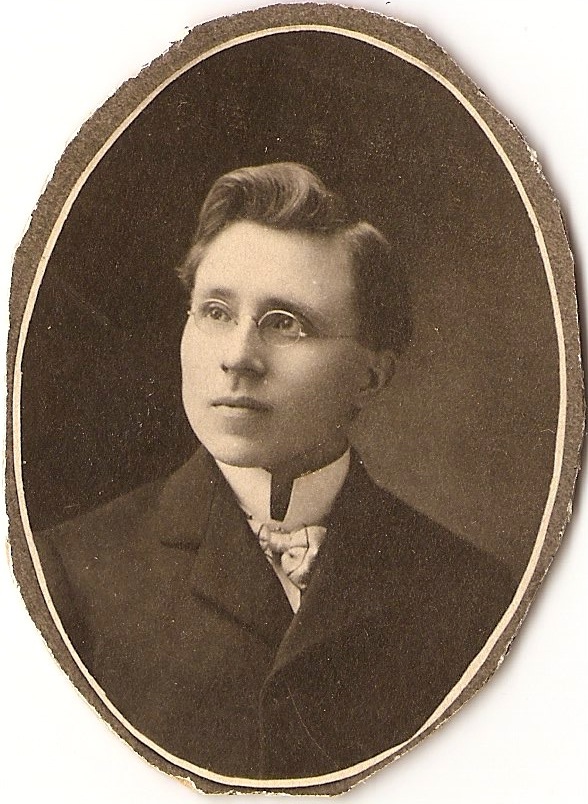A while ago, I made plans with Randy, an old friend who lives far away, to meet someplace to enjoy one of our shared enthusiasms, a singer-songwriter named Jesse Winchester. It’s not literally true that we grew up on this guy’s music, but that’s how it feels. The idea was we’d go someplace where Jesse was performing–Austin, Texas, say–catch a show and enjoy a weekend catching up. It was a great plan, but we both got busy with other things and it didn’t come to pass.
Still, I check Jesse’s tour dates just to see if he might be coming back to the Bay Area soon. The last time I saw him was in Berkeley, with another high school friend, Gerry. A hIghlight of the show for me was when Jesse asked for requests. The crowd answered with a chorus of titles, but Gerry’s voice–he just said, “Mississippi!”–rang out above the others. “Well, I heard someone say ‘Mississippi,’ ” Jesse said. And that’s what he sang.
Sometime in the last month, in the midst of the ongoing political disaster better known as the 112th Congress, I was thinking about another Jesse Winchester song, “Tell Me Why You Like Roosevelt.” It’s a tribute to and a twist on a gospel-infused 1940s number that remembered FDR as a friend to African Americans and the poor (and here’s a gem: Bob Dylan introducing an older version of the song).
In looking for the lyrics, I stumbled across Jesse’s website, which I hadn’t looked at in a long time. And for a while, anyway, I forgot all about my song research. The front page carries an announcement that he’s canceled his performance dates because he’s undergoing treatment for advanced esophageal cancer. The good news in the story is that so far–as related by family members on an online journal–the treatment appears to be going well, and the patient sounds like he’s amazingly resilient.
So: Here’s to a full recovery, Jesse Winchester. I hope my friends and I have a chance very soon to hear you in person.




